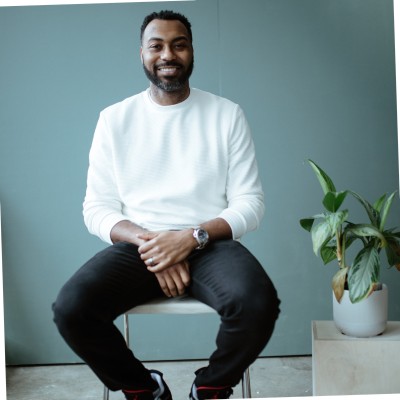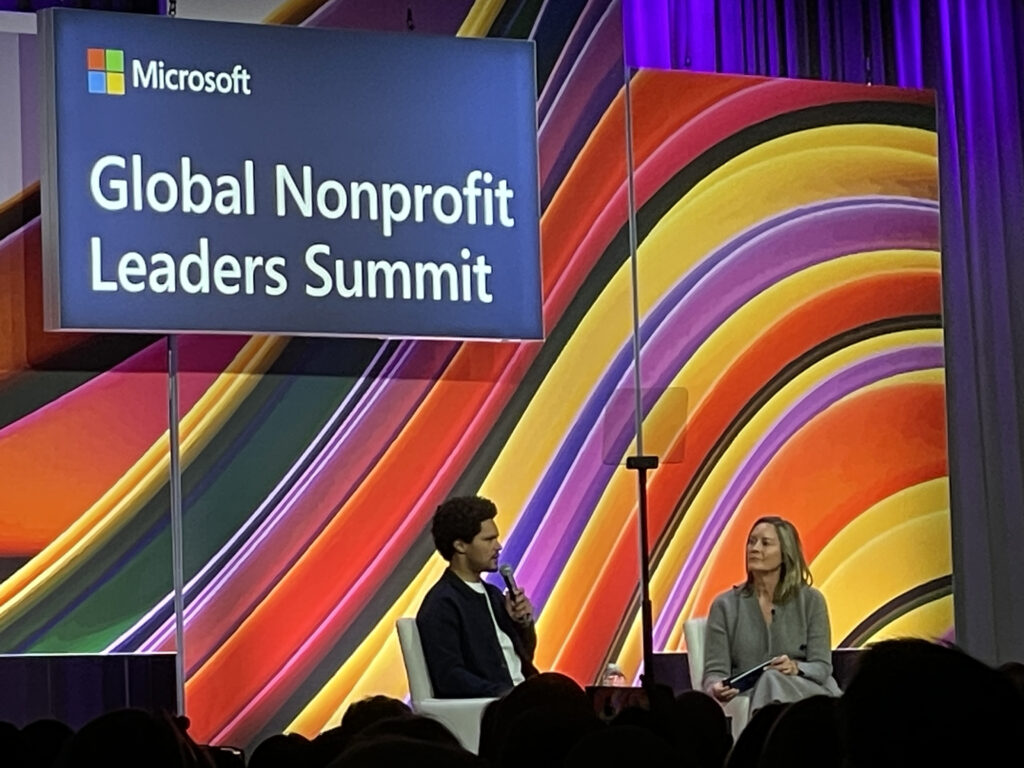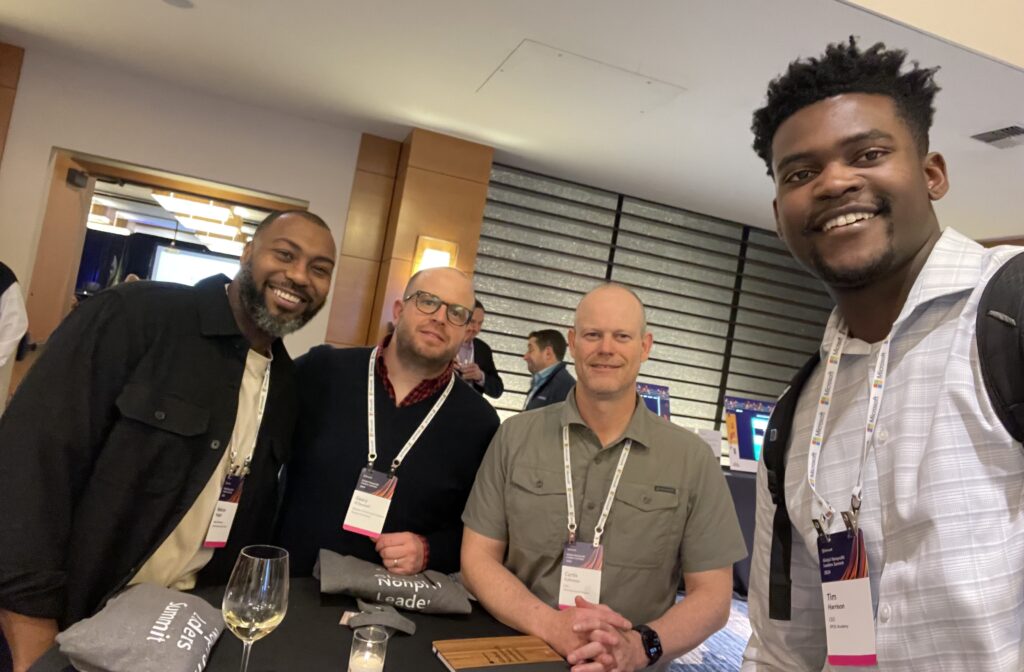
Embracing Curiosity: Why Every Organization Should Have a Chief Question Officer
Insights from the Inaugural Microsoft Global Nonprofit Leaders Summit 2024
By Marcus Knight, EOS Board Member

In an era where the familiar is no longer reliable, where the landscape of communication, technology, and organizational culture is evolving rapidly, it’s crucial for organizations to challenge the status quo. The fear of questioning established practices often leads to stagnation and mediocre results.
At the Microsoft Global Nonprofit Leaders Summit, a groundbreaking idea emerged – the need for every organization to have a Chief Question Officer. This role goes beyond its literal interpretation, urging modern organizations to foster a culture of healthy skepticism and create spaces where leaders and learners can ask critical questions to ensure their vision aligns with their values.
Here are my five key takeaways from this transformative event:
1. Every Organization Needs a Chief Question Officer
The importance of encouraging curiosity cannot be overstated. As Trevor Noah was introduced as Microsoft’s Chief Question Officer, it became clear that organizations thrive when individuals are empowered to ask tough questions. In the words of Ted Lasso, it’s about being curious, not judgmental. By instilling this mindset, organizations can ensure that they remain agile, adaptable, and aligned with their core values.

2. Diversity Isn’t a Buzzword
Reflecting on the changing tides of diversity, it’s evident that progress has been made. The realization that diversity is not merely a buzzword, but a catalyst for innovation and growth, has gained momentum. This shift was palpable at the summit, where a diverse assembly of executives from leading nonprofits and social impact technology companies demonstrated the positive impact of embracing diverse perspectives. Translation: I was not the only black person in the room.
3. The Best Innovations Are About Connecting People
Innovation flourishes when people come together. The summit underscored the power of collaboration and connection in driving meaningful change. By fostering an environment that encourages partnerships and alliances, organizations can tap into collective creativity and discover groundbreaking solutions to complex challenges. Products need to center on outcomes — whether the tools to get there include AI or elbow grease.
4. Data is Everywhere. Know How to Use It
Data is a powerful tool, but its true potential lies in the ability to derive meaningful insights from it. Drawing a parallel with Equal Opportunity Schools, where student data goes beyond conventional metrics, organizations must understand how to leverage data effectively. Informed decision-making, driven by insightful data analysis, becomes a cornerstone for cultural change and student success.
5. Don’t Go It Alone
Collaboration is the key to overcoming shared challenges. Nonprofit organizations often face similar hurdles, yet they tend to tackle them in isolation. The summit emphasized the strength that comes from co-development and shared learning. By breaking down silos and fostering collaboration, organizations can move towards sustainable models that harness the collective power of a network of nonprofits.

The Microsoft Nonprofit Summit 2024 highlighted the transformative potential of embracing curiosity, diversity, collaboration, and data-driven decision-making. Organizations like Equal Opportunity Schools are actively participating in initiatives such as the Black and African American Nonprofit Tech Accelerator, created by Microsoft, demonstrating the tangible impact of partnerships in amplifying the work’s impact in communities of color. Through these collective efforts, we can create a future where organizations complement each other’s strengths, celebrate unique abilities, and contribute to lasting positive change.
Consider joining our efforts by becoming a partner in change — as an employee, a donor, or an ally. It will take all of us to answer the big questions of our time.
I want to leave you with a something to think about in the meantime – who would you make the Chief Question Officer at your organization, if you could choose anyone?